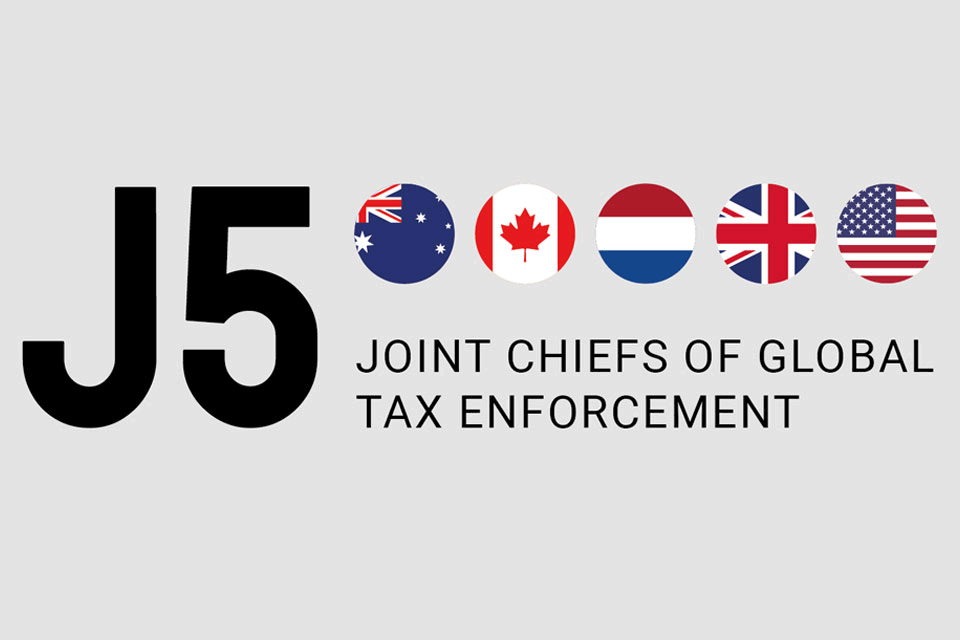The US Department of the Treasury has released new guidance on the Clean Fuels Production Credit (section 45Z) on 10 January 2025.
Section 45Z provides a tax credit for the production of transportation fuels with lifecycle greenhouse gas (GHG) emissions below certain levels. The credit is in effect in 2025 and is for sustainable aviation fuel (SAF) and non-SAF transportation fuels.
This guidance was informed by extensive input from stakeholders and the public as well as collaboration between Treasury, IRS, and expert agencies. The guidance includes both a notice of intent to propose regulations on the section 45Z credit and a notice providing the annual emissions rate table for section 45Z, which refers taxpayers to the appropriate methodologies for determining the lifecycle GHG emissions of their fuel. In conjunction with this guidance, the Department of Energy will release the 45ZCF-GREET model for use in determining emissions rates for 45Z in the coming days.
Section 45Z provides a per-gallon (or gallon-equivalent) tax credit for producers of clean transportation fuels based on the carbon intensity of production. It consolidates and replaces pre-Inflation Reduction Act (IRA) credits for biodiesel, renewable diesel, and alternative fuels, and an IRA credit for sustainable aviation fuel.
Like several other IRA credits, 45Z requires the Treasury to establish rules for measuring carbon intensity of production, based on the Clean Air Act’s definition of “lifecycle greenhouse gas emissions.”
This guidance provides clarity on issues including which entities and fuels are eligible for the credit, and how taxpayers determine lifecycle emissions.
Specifically, the guidance outlines Treasury and the IRS’ intent to define key concepts and provide certain rules in a future rulemaking, including:
Clarifying who is eligible for a credit
Treasury and the IRS intend to provide that the producer of the eligible clean fuel is eligible to claim the 45Z credit. Consistent with the statute, compressors and blenders of fuel would not be eligible.
Clarifying what fuels are eligible for a credit
Under section 45Z, a fuel must be “suitable for use” as a transportation fuel. Treasury and the IRS intend to propose that 45Z-creditable transportation fuel must itself (or when blended into a fuel mixture) have either practical or commercial fitness for use as a fuel in a highway vehicle or aircraft. The guidance clarifies that marine fuels that are otherwise suitable for use in highway vehicles or aircraft, such as marine diesel and methanol, are also 45Z eligible.
Specifically, this would mean that a neat SAF that is blended into a fuel mixture that has practical or commercial fitness for use as a fuel would be creditable. Additionally, natural gas alternatives such as renewable natural gas (RNG) would be suitable for use if produced in a manner such that if it were further compressed it could be used as a transportation fuel.
Publishing rules needed to determine lifecycle emissions required to calculate the credit amount
The guidance publishes the annual emissions rate table that directs taxpayers to the appropriate methodologies for calculating carbon intensities for types and categories of 45Z-eligible fuels.
The table directs taxpayers to use the 45ZCF-GREET model to determine the emissions rate of non-SAF transportation fuel, and either the 45ZCF-GREET model or methodologies from the International Civil Aviation Organisation (“CORSIA Default” or “CORSIA Actual”) for SAF.
Taxpayers may use the Provisional Emissions Rate (PER) process to obtain an emissions rate for fuel pathway and feedstock combinations not specified in the emissions rate table when guidance is published for the PER process. Guidance for the PER process is expected at a later date.
Outlining Climate Smart Agriculture Practices (CSA):
The guidance states that Treasury intends to propose rules for incorporating the emissions benefits from climate-smart agriculture (CSA) practices for cultivating domestic corn, soybeans, and sorghum as feedstocks for SAF and non-SAF transportation fuels. These options would be available to taxpayers after Treasury and the IRS propose regulations for the section 45Z credit, including rules for CSA, and the 45ZCF-GREET model is updated to enable calculation of the lifecycle greenhouse gas emissions rates for CSA crops, taking into account one or more CSA practices.
CSA practices have multiple benefits, including lower overall GHG emissions associated with biofuels production and increased adoption of farming practices that are associated with other environmental benefits, such as improved water quality and soil health. Agencies across the Federal government have taken important steps to advance the adoption of CSA.
In April, Treasury established a first-of-its-kind pilot program to encourage CSA practices within guidance on the section 40B SAF tax credit. Treasury has received and continues to consider substantial feedback from stakeholders on that pilot programme. The US Department of Agriculture invested more than USD 3 billion in 135 Partnerships for Climate-Smart Commodities projects. Combined with the historic investment of USD 19.5 billion in CSA from the Inflation Reduction Act, the department is estimated to support CSA implementation on over 225 million acres in the next five years as well as measurement, monitoring, reporting, and verification to better understand the climate impacts of these practices.
In addition, in June, USDA published a Request for Information requesting public input on procedures for reporting and verification of CSA practices and measurement of related emissions benefits, and received substantial input from a wide array of stakeholders. USDA is currently developing voluntary technical guidelines for CSA reporting and verification. Treasury and IRS will consider those guidelines in proposing rules recognising the benefits of CSA for purposes of the section 45Z credit.















